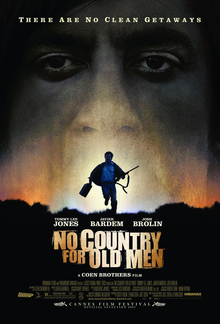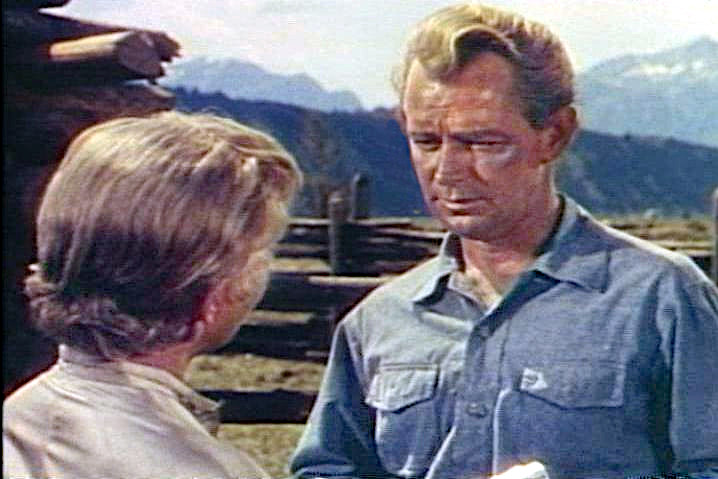
No Country for Old Men, credit Wikipedia
How the West was Wrung
Last month, the death was announced of the American writer Cormac McCarthy. Newspaper obituaries described him as a reclusive man who gave few interviews and let his books do the talking. For many years, success eluded him with none of his first five novels selling more than 3000 copies and as a consequence he lived a penurious life. McCarthy finally reached a wider audience when his 2005 novel No Country For Old Men was turned into a multiple Academy Award winning film. The book has been described as a modern Western and the American South West was a location which McCarthy used in other works. Indeed, he travelled extensively in the region whilst undertaking research, eventually settling in El Paso, Texas.
McCarthy remarked that apart from Coca Cola, the only other thing universally known about the United States was ‘Cowboys and Indians’. He added that nobody had taken the genre seriously for 200 years and had decided that he should.
Though a modern Western, No Country contained some archetypal characters such as the drifter, the bounty hunter, the kid, and the sheriff with a weary and reluctant sense of duty; a man gradually being overwhelmed by the savagery of people. Savagery and violence certainly weren’t confined to this book. McCarthy’s first foray into the Western genre was Blood Meridian or the Evening Redness in the West, published in 1985. Although it didn’t attract much attention at the time, the book is now hailed as a masterpiece and for some merits the title of ‘Great American Novel’ but like his earlier works it sold poorly.
McCarthy was probably wrong about no-one taking the Western genre seriously. Perhaps the wider market didn’t but some writers clearly saw its value as a platform for story telling. A good example is Shane, the 1949 novel by Jack Schaefer, which has since its publication run to seventy editions
McCarthy’s research was so thorough that taken with its vivid sense of place and use of actual characters, Blood Meridian can be considered an historical novel. The book is loosely based on the activities of the Glanton gang; a group of scalp hunters active in the United States/Mexico borderlands, who killed Indians and others both for bounty and sadistic pleasure. These historical characters are tailor made for McCarthy’s theme of violence for its own sake. In Blood Meridian, violence doesn’t take place for plot resolution, it is part of the natural order of things. It may also be why attempts to film the book have so far failed.
When asked about the violent and macho world depicted in his books, McCarthy had something almost positive to say: ‘Life is pretty good even when it looks bad’. Even amidst the awfulness of Blood Meridian, then, there may be hope.

Alan Ladd in Shane, credit Wikipedia











Cormac McCarthy’s “The Road” already has 10 “trigger warnings” for snowflake students, including a “disablist slur”. Presumably like everything else ever written by a white person, his output will be scrutinised for violations, however subtle, of “ethnic diversity, gender inclusion and social equity”, and subjected to exclusion from general access, censored or rewritten.
The Chief Librarian of our “British” Library told staff to “decolonise” the collection in a “racial state of emergency”, and so on and so forth.